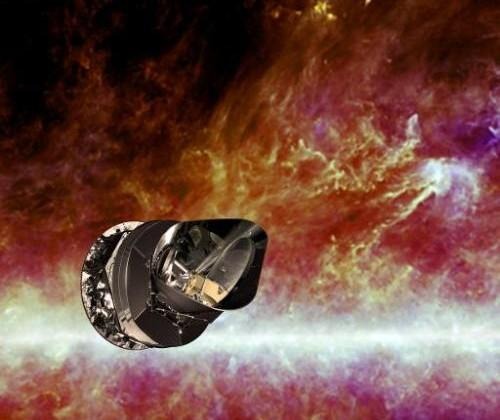Big Bang Breakthrough Hits Dust Doubts
Scientists responsible for a "spectacular" discovery earlier this year that could explain Big Bang theory and how the universe was created now admit their evidence may just have been cosmic dust. A Harvard team of physicists announced back in March that it believed it had observed the effects of rapid expansion that would follow the sudden creation of our universe, but the study has gained a vital disclaimer at publication.
The BICEP2 researchers had used a telescope at the South Pole to observe telltale "density perturbations" – the patterns left behind by cosmic gravitational waves – that they argued were evidence of the very first ripples of aggressive expansion, when the universe grew to roughly the size of a marble.
The "B-mode polarization" passing through the Cosmic Microwave Background is too small to see, but the patterns caused by it are not, the researchers suggested. Harvard was just one of the teams hunting for the ancient light evidence, and the feeding frenzy on their released data was expected to be ferocious.
In fact, though, it's the physicists themselves who has poured cold water on their discovery. Having finally published their paper this week, a caveat has been added that the observations may be the result of starlight being scattered by dust.
While they still believe they have observed the telltale signs of inflation theory, the team members nonetheless concede that third-party research on polarized dust emission – published since their original findings were released – means further hunting is required before anything conclusive can be established. Although the possible impact of such dust had been taken into account initially, it was not to the extent at which the new research suggested could be the case.

Upcoming data from the Planck satellite could shed light one way or the other, with masses of collected information from the project still needing to be analyzed.
VIA Boston Globe
SOURCE Physical Review Letters
